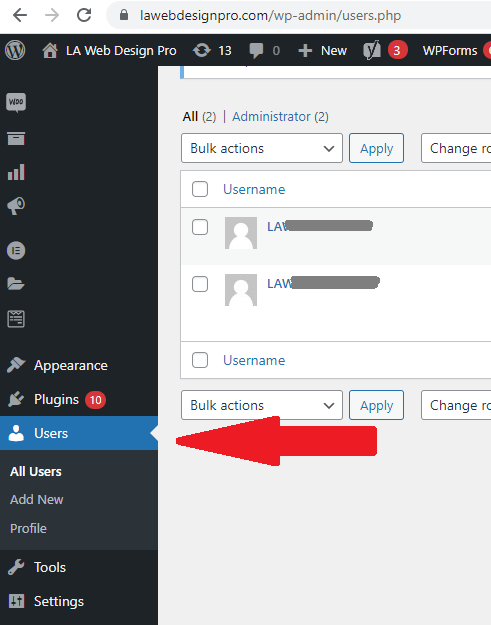Guide to WordPress User Roles and Permissions for Beginners
A must to know before assigning task to your staff on your WordPress Website.
WordPress comes with a user role management system that defines what a user can and can’t do on your website. Knowing these user roles and permissions are essential as your WordPress site grows.
A user role is made up of certain capabilities, or permissions, that spell out the actions they can take on your website.
Out of the box after you install WordPress, there are five default user roles available:
Administrator
Editor
Author
Contributor
Subscriber

ROLE SUMMARY:
1. Administrator Role
On a regular WordPress website, the administrator role is the most powerful user role. Users with the administrator role can add new posts, edit posts by any users, and delete those posts.
Plus, they can install, edit, and delete plugins and themes.
Most importantly, admin users can add and delete users, and change information about existing users, including their passwords.
This role is basically reserved for site owners and gives you the full control of your WordPress blog. If you are running a multi-user WordPress site, then you need to be very careful who you assign an administrator user role.
2. Editor Role
Users with the editor role in WordPress have full control on the content sections your website.
They can add, edit, publish, and delete any posts on the site, including the ones written by others. An editor can moderate, edit, and delete comments as well.
Editors do not have access to change your site settings, install plugins and themes, or add new users.
3. Author Role
Users with the author role can write, edit, and publish their own posts. They can also delete their own posts, even if they are already published.
When writing posts, authors cannot create new categories, but they can choose from existing ones. They can also add tags to their posts.
Authors can view comments even those that are pending review, but they cannot moderate, approve, or delete any comments.
They do not have access to site settings, plugins, or themes, so it is a fairly low-risk user role. The only exception is the ability to delete their own published posts.
4. Contributor Role
Users with the contributor role can add new posts and edit their own posts, but they cannot publish any posts.
When writing posts they can choose from existing categories and create their own tags.
The biggest disadvantage of the contributor role is they cannot upload files, so they can’t add images to their posts.
Contributors can also view all website comments, but they cannot approve or delete comments.
Finally, they don’t have access to website settings, plugins, or themes, so they cannot change any settings on your site.
5. Subscriber Role
Users with the subscriber role can login to your WordPress site, update their user profiles, and change their passwords.
They can’t write posts, view comments, or do anything else inside your WordPress admin area.
This user role is particularly useful if you have a membership sites, online store, or another site where users can register and log in.
Hope this article, “Guide to WordPress User Roles and Permissions for Beginners”, helps you.
If you have questions, please email us at [email protected]
